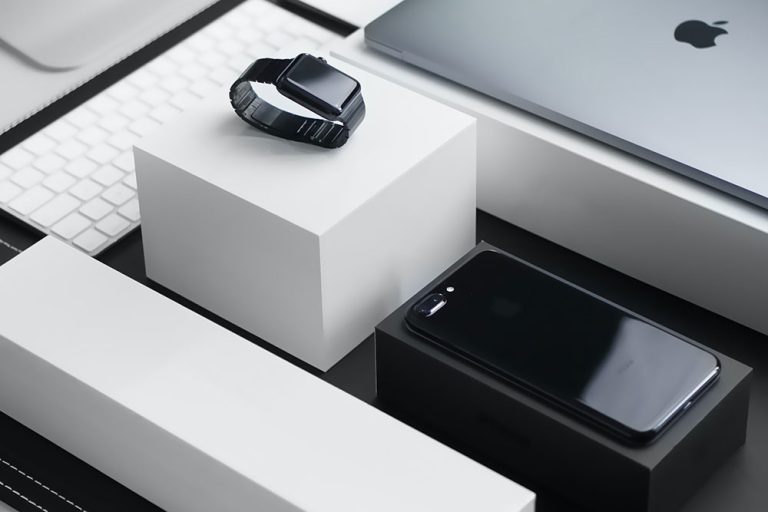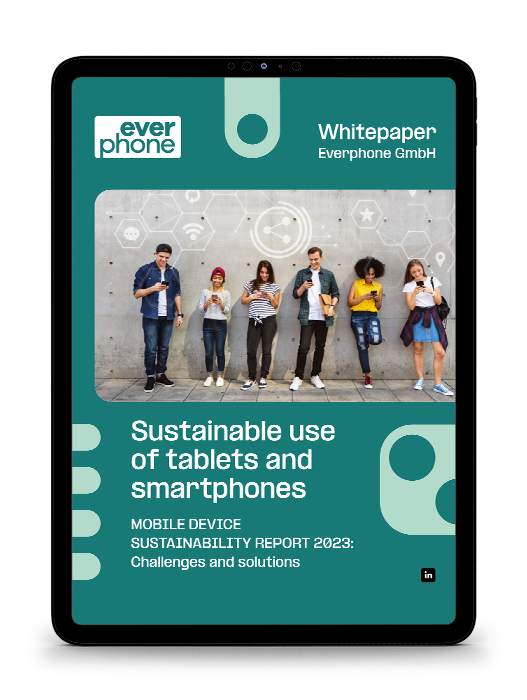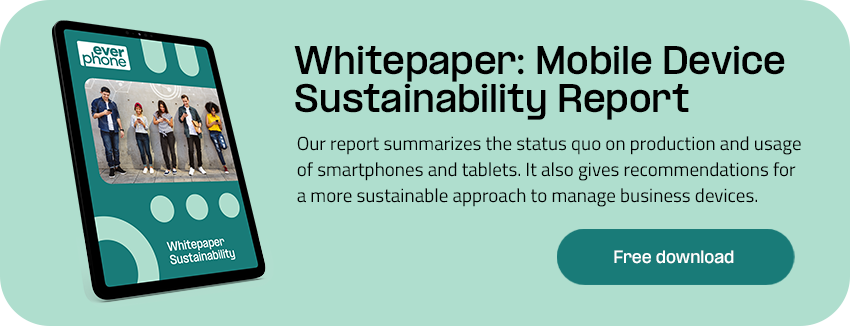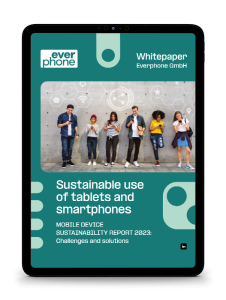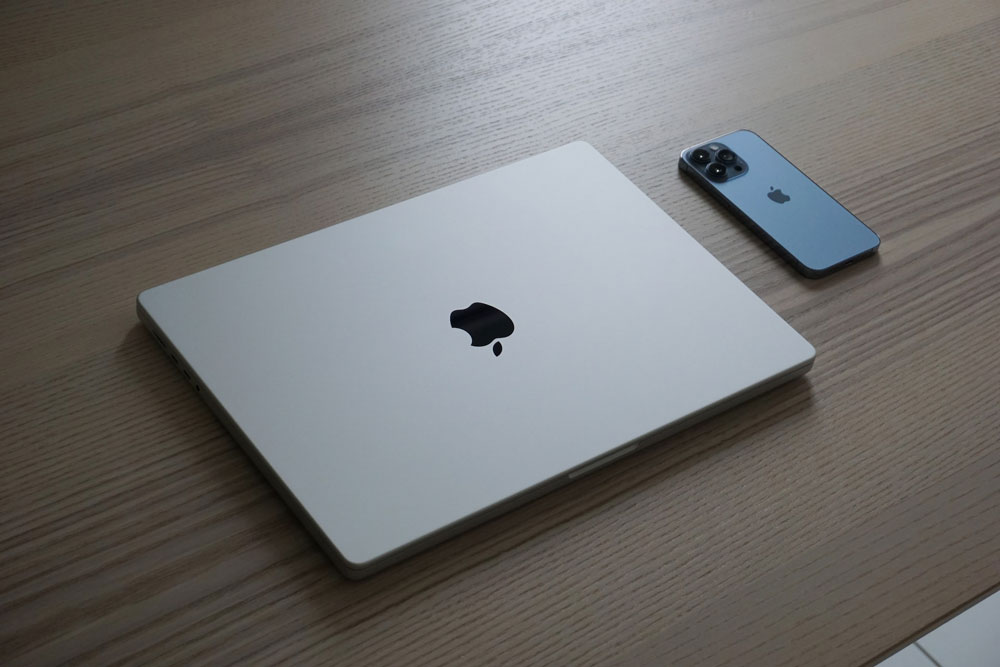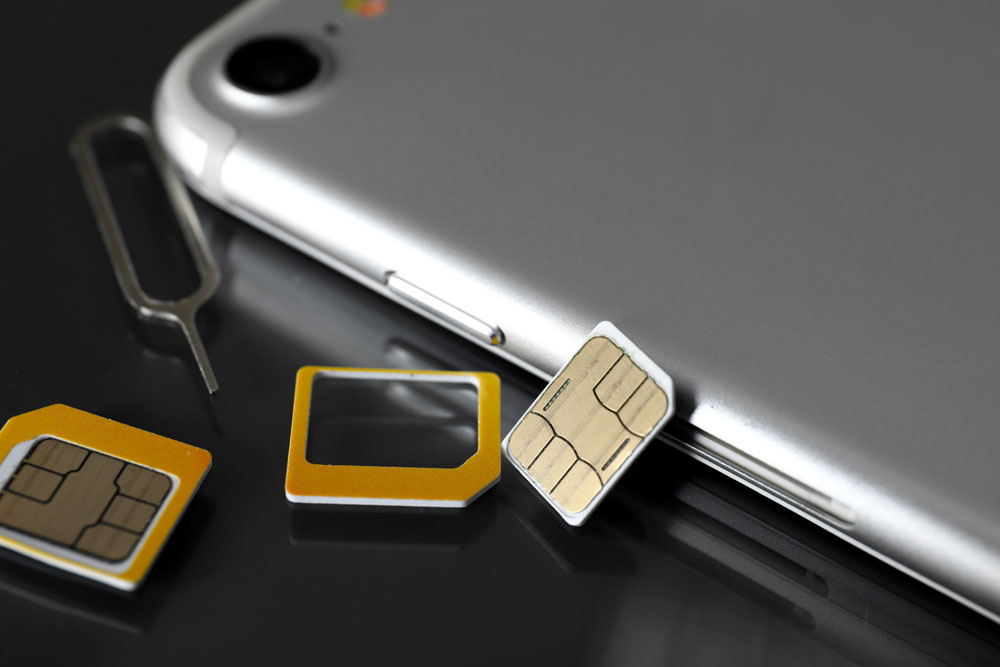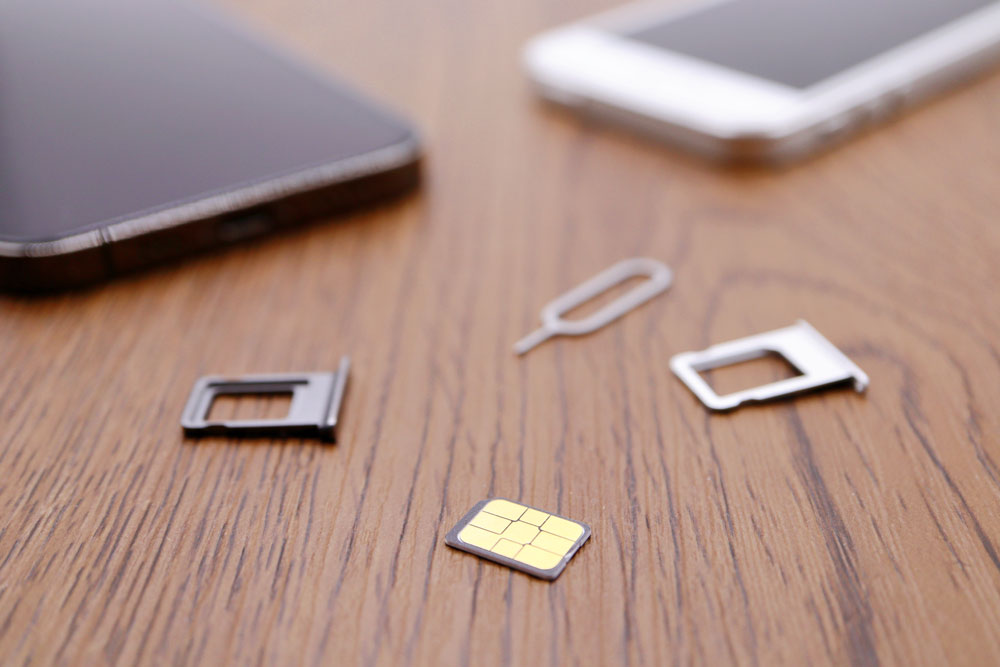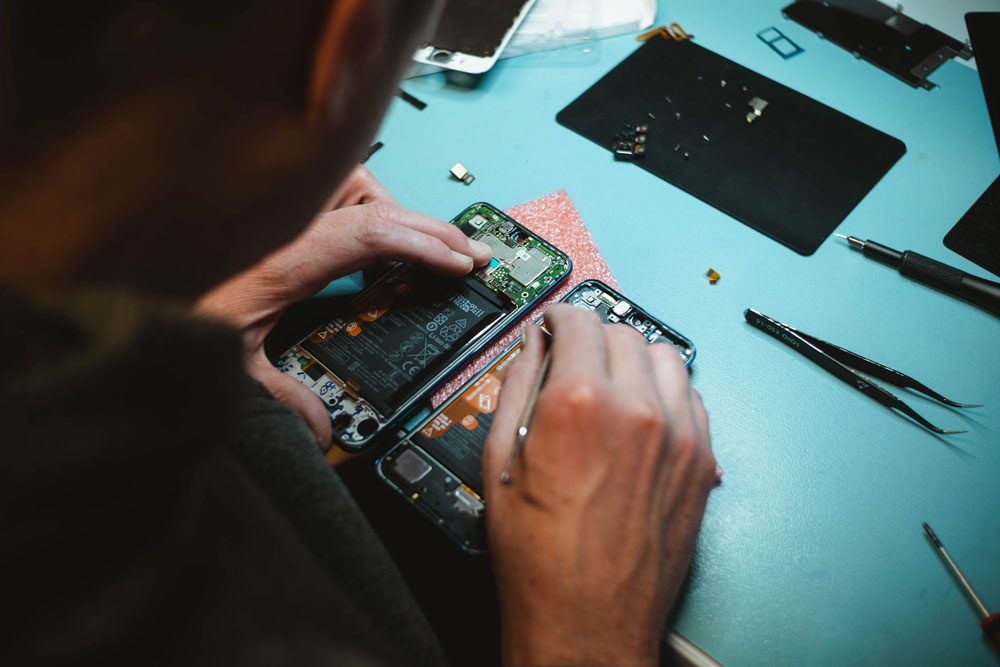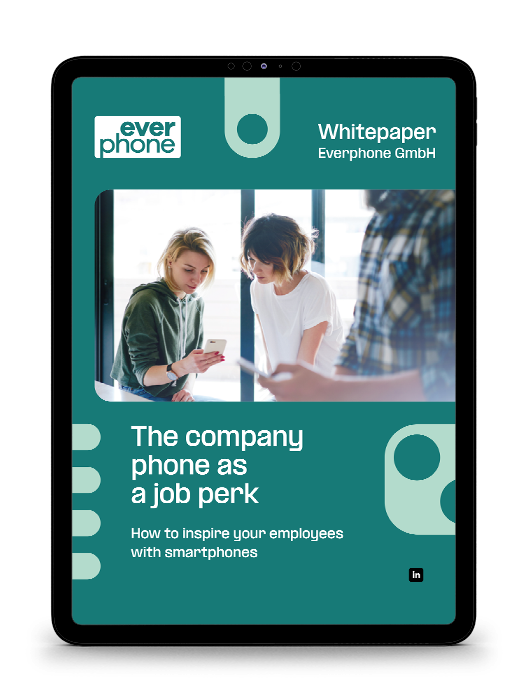One of the most common reasons for replacing a smartphone is that the battery does not hold a charge, making it impossible to use the phone for any length of time away from a charging station.
Your iPhone battery’s long lifespan depends on how you care for it, so you are not unexpectedly let down when you need your phone the most.
In this article we’ll be looking at two distinct issues:
- “iPhone Battery life” refers to the time you can use the phone before the battery needs to be recharged.
- “iPhone Battery lifespan” refers to the lifetime of the iPhone battery until it will no longer hold a charge and must be replaced.
What causes an iPhone battery to stop charging?
The Lithium-ion battery installed in your iPhone is a consumable part. It becomes less effective as the chemicals within the battery age. This means that the lifespan of a battery is related more to its “chemical age” than the length of time since it was built.
Its chemical age is derived from many things, including temperature fluctuations and the charging pattern that you follow. As the chemical age increases, the effectiveness of the battery decreases. This results in a shorter period in which it holds a charge.
Your iPhone contains electronic components that must be able to draw power from the battery. Impedance, or internal resistance, is the term used to indicate that your battery is not supplying the power the electronics require. Impedance increases with chemical aging, but it can temporarily increase when it has a low charge or is in freezing temperatures.
These traits are common to all lithium-ion batteries.
iPhone battery durability
The battery in an iPhone will accept between 500 and 800 battery cycles or full charges before the capacity drops to around 80 per cent.
A battery cycle is when the user drains a percentage of the battery, charges it to 100 per cent, and then uses it. For example, if you drain the battery down to 40 per cent, recharge it, and then drain it to 60 per cent, you have completed one cycle.
For most users, this represents approximately two years of use. This is why most people believe that the lifespan of a phone is two years. However when it comes to iPhones, you can expect between three to five years (maybe more) with proper care.
Tips to extend an iPhone battery life
Few things are more frustrating to users than having their iPhone’s battery die when they need it most. The battery on an iPhone should last between 10 to 17 hours on a full charge.
If your staff is constantly plagued with users complaining that the iPhone battery of the company phone is not holding its charge, share these hints and tips for extending the iPhone battery life.
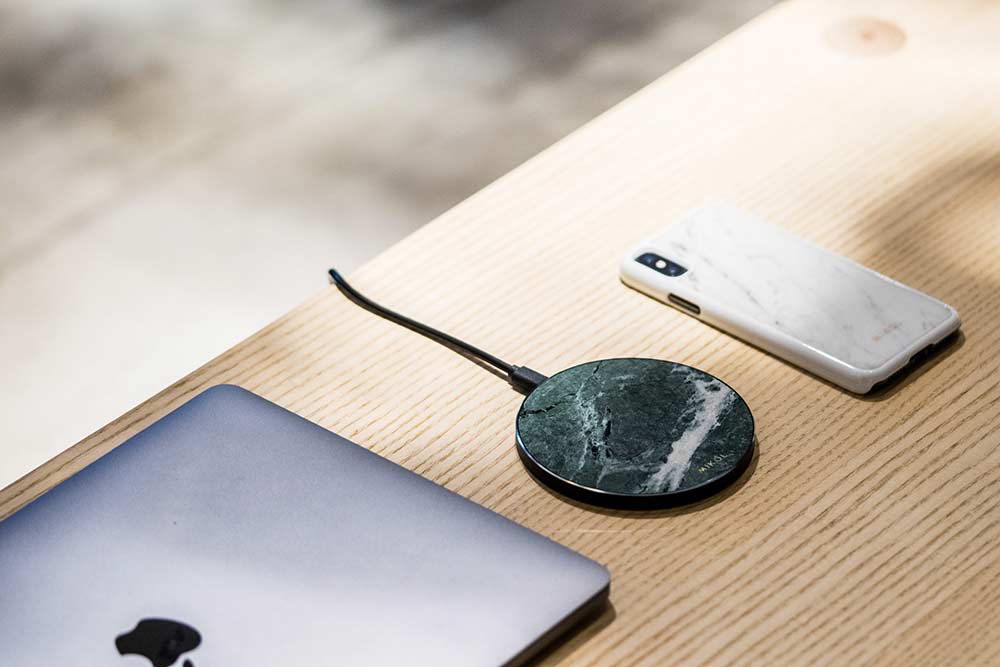
Change the screen brightness
The backlight is used to illuminate the phone’s screen, but it uses a great deal of energy. Go to the phone’s settings and find the display settings. Adjust the screen’s brightness or select dark mode, which switches off the backlight. If neither of these appeals to your preference, set the phone’s screen to auto-brightness. The device will then set the brightness on the screen to the ambient light level.
Turn off location services
An iPhone will use its inbuilt antenna and GPS software along with wi-fi or the cell network to accurately identify the device’s location. This all uses considerable amounts of energy, draining the battery. Either go to settings and turn off the location setting so none of the applications on the phone can exploit this. Or alternatively, leave the global location setting turned on but turn it off for apps that are used infrequently. You can turn it on when using that app and turn it off again when you are finished.
Turn off push notifications
The Push Notification on an iPhone will alert the user to any change on any of their cloud-based data, such as email. Push is a power-hungry application. So turn this off and instead use Fetch to bring data down to the phone manually.
Make sure the user understands that this will disable notifications for new mail. They will only realize there is new mail when they open their mail application.
Close unused apps
Advise your users to close applications once they are finished with them. All open apps use power, so users must get into the habit of closing apps when they have finished using them.
Turn off bluetooth
If the user is not explicitly using this for hands-free or speakers, turn it off to save power.
Turn off Wi-Fi
Turn Wi-Fi off unless the phone is specifically using a Wi-Fi network. The phone will continually scan to find a Wi-Fi network to use if this is left on, draining power from the battery.
Check the reception quality
When the phone is on in poor or very low reception quality areas, the phone will use considerable amounts of power to try and establish a connection. Ask your users to check the bars at the top of the screen, and in poor reception areas, turn on the Airplane Mode setting to prevent the phone from searching for reception. This will save battery life, especially if the phone is also trying to establish connections for push notifications.
Turn off notifications for non-essential apps
Stop non-essential apps from getting notifications. Go to the app and turn off notifications from the settings.
Set auto-lock
Set the Auto-Lock to its lowest setting of 30 seconds. This will ensure the phone will go into standby mode, saving draining the battery when the phone is lying idle.
Seriously review iCloud
iCloud is standard Apple software that continuously synchronizes the critical information on your phone. Taking a photo will prompt iCloud to back up that photo, which uses energy. Ensure the IT Department has authorized backup software that iPhone users can use to run manual backups every morning or every evening if things have changed on their phone.
Tips for extending the lifetime of a battery for an iPhone
This section contains tips for lengthening the lifetime of an iPhone battery with sustainable smartphone practices and improving the iPhone battery’s durability.
iPhone: Optimized battery charging
This is an important feature that will help with charging the battery efficiently. This clever feature will reduce the time that your phone battery spends charged to 100% by learning your phone habits. Based on your past usage, it will then ensure that the battery is fully charged when you are most likely to need it.
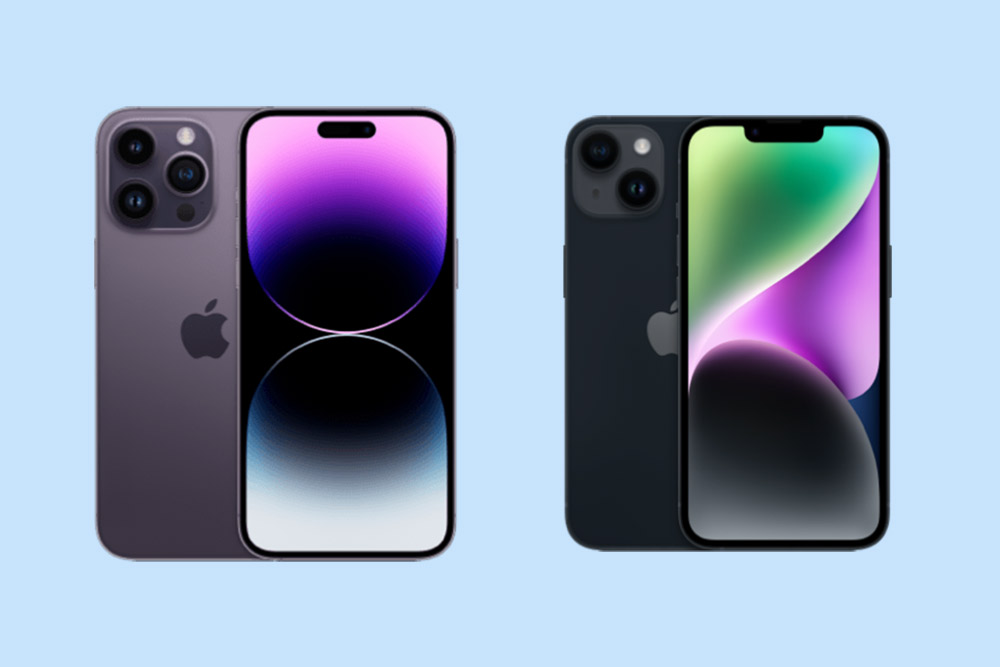
Keep the iPhone battery within the correct temperature range
Apple’s iPhone is designed to work within a set temperature range. This range is a minimum of 62°F (16°C) and a maximum of 72° F (22° C). Exposing the device to a temperature of over 95° F (35° C) can permanently damage the battery. Leaving the phone on the car’s dashboard can damage the battery and reduce the time it will retain a charge.
Further damage can be caused by charging your phone at this temperature. Again, do not leave your phone in a locked car to charge. The temperature inside a vehicle rises extremely fast and can damage the phone’s battery.
The cold will affect the battery’s performance but does not permanently damage it like hotter temperatures do.
Check the phone while charging
Some cases retain heat while the phone is charging. This can cause problems as described above. Feel your phone while it is charging and if it is hot, remove it from its case while charging.
Storage
If you are not going to be using the phone for a long time, do not charge it fully before putting it away. Optimally you want the battery to be around 50% charged, then turn the phone off and store it in a cool, dry location.
Battery usage information
The iPhone has a lot of important battery information available in the Settings. Ensure that any new user knows about this setting and how to read and interpret the information displayed. This will help extend the lifespan of the battery.
Update the software on the iPhone
Regular updates from Apple often contain the latest in energy-saving technology. Ensure that all phones are updated as soon as the user is advised that an update is available.
Conclusion
Passing on these tips to your users will help them with their iPhone battery durability and give their iPhone battery a long lifespan. Saving the battery from being charged every day can significantly lengthen the battery’s lifespan, but that will only happen if the user is careful about the usage of the available energy.
If they follow these ideas, but the battery still fails to hold its charge, it may well be time to have it replaced. Be sure to also check our article on Smartphone CO2 emissions.


